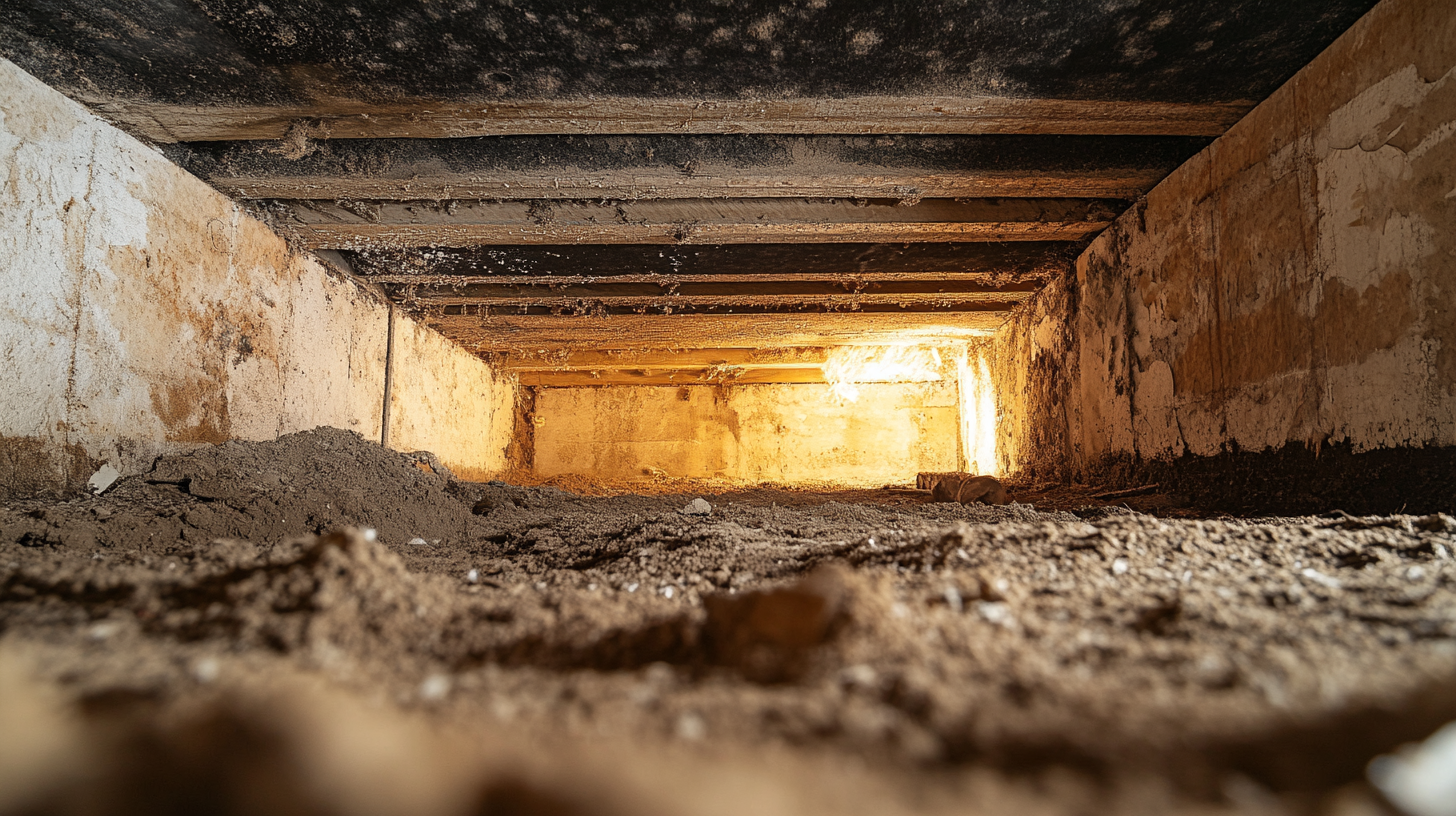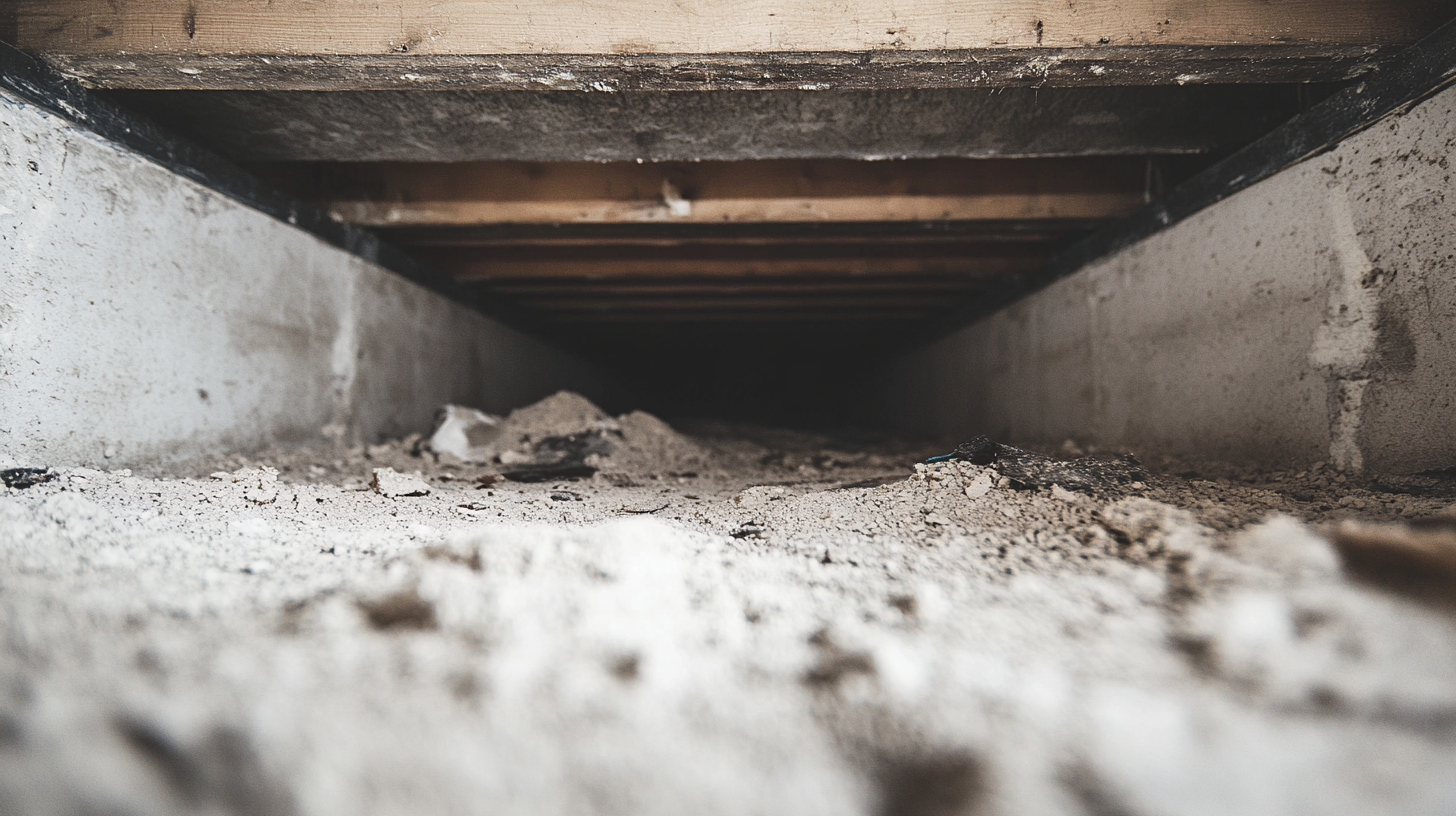What is Black Mold (Signs, Health Risks, & Preventive Measures)

Black mold, a fungus that thrives in indoor environments, typically takes on a dark green or black hue. It thrives in conditions of high humidity, making it a serious threat to human health in wet areas. In this article, we'll go over the telltale symptoms of black mold, the dangers it poses to your health, and the steps you can take to stop it from spreading in your home or place of business. As a homeowner, business owner, or manager, you should know the risks of black mold and work to prevent its spread. For this reason, let's begin by talking about how to spot black mold.
Black Mold: The Toxic Mold
The toxic mold Stachybotrys chartarum, or "black mold," can appear dark green or black depending on its environment. It prefers a humid setting and can be found in places like damp basements, attics, and bathrooms where the water damage has occurred.
Signs of Black Mold Infestation
Knowing the warning signs of a black mold infestation is an important first step in protecting your home or workplace. Here are some of the telltale symptoms of black mold:
- an odor of mold or must
- Colonies of black or dark greenish-black mold visible on walls, ceilings, or other surfaces
- Walls, ceilings, or other surfaces that have been discolored or stained
- flaking or bubbling paint and as a result, structural components such as wood or concrete may warp or crack.
Take prompt action if you observe any of these symptoms in your residence or place of business. If you choose to ignore the problem, it could worsen, causing health problems or expensive property damage.
Common Areas in the Home Prone to Black Mold
Since black mold prefers a moist or humid environment to grow, certain rooms or parts of the house are more at risk. Some typical black mold hotspots in the house are:
- Black mold thrives in dark, damp places, making basements an ideal breeding ground.
- Black mold thrives in attics because of the lack of oxygen and the presence of water from roof leaks.
- Toxic black mold thrives in bathrooms because of the high humidity and the constant presence of damp surfaces.
- A kitchen that has a leak under the sink or uses appliances that produce moisture, like a dishwasher, can become a breeding ground for black mold.
Health Risks Associated with Black Mold
Black mold is associated with several health risks, including but not limited to:
- Black mold can trigger allergic reactions like runny nose, itchy eyes, and coughing. The severity of these reactions can vary widely, from barely noticeable to life-threatening.
- Problems with breathing, wheezing, and chest tightness are some of the respiratory symptoms that black mold can trigger. When a person already has a respiratory condition, like asthma, these symptoms can be devastating.
- Harm to the organs is a potential outcome of prolonged exposure to black mold. Such an outcome is possible due to the mold's toxins and can be fatal.
Preventative Measures to Avoid Black Mold
Black mold can be avoided by taking the following precautions:
- Black mold needs moisture to grow, so fixing leaks and attending to water damage as soon as possible is essential for preventing its spread.
- Keeping humidity levels below 50% in your home or workplace can help prevent the growth of black mold. To maintain comfortable humidity levels, an air conditioner or dehumidifier can be used.
- Good air circulation: To reduce the likelihood of black mold developing in your home or workplace, it is important to ensure that there is adequate ventilation.
- Maintaining a clean and well-maintained home or workplace is one of the best ways to stop moisture buildup and the spread of black mold. Tiles, grout, and showers should all be scrubbed and disinfected, and then dried completely.
You can help keep black mold out of your house or office by taking these precautions. If you find black mold or suspect you have a problem with it, you should act quickly to eliminate the problem and minimize any damage to your health or property.
What To Do If You Find Black Mold
Should you come across any black mold, try the following:
- The first step in fixing a black mold issue is finding and fixing the water leak or condensation problem that's allowing the mold to grow. Fixing leaks, fixing plumbing, or installing better ventilation can all help bring down humidity levels.
- Closing doors and windows and sealing off air vents can help contain the mold problem by preventing it from spreading to other parts of the building.
- Wearing protective gear, such as gloves, a mask, and goggles are essential when working with black mold.
- Black mold can grow on many different building materials, so it is important to remove and dispose of any contaminated drywall, insulation, or carpet. To stop the spread of mold, it will be necessary to remove these items and dispose of them correctly.
- After the contaminated materials have been removed, it is necessary to clean and disinfect the affected surfaces to get rid of any lingering mold spores.
- Although there are black mold removal products on the market, it's usually best to hire a professional service. These professionals have the know-how and gear to remove black mold from your home without causing any damage.
Professional Black Mold Removal Services
Products claiming to eradicate black mold are widely available, but in many cases, it's better to hire a professional mold removal service. These professionals have the know-how and gear to remove black mold from your home without causing any damage.
If you need mold removed from your home or business, hire a service that has the proper licensing, insurance, and years of experience in the industry. In addition, you should seek out a firm that not only uses tried-and-true mold remediation methods but also adheres to established industry standards.
Black mold can be dangerous, but a professional mold removal service can evaluate the situation and create a plan for removing it safely. This may involve isolating the area, removing contaminated materials, and cleaning and disinfecting surfaces with specialized equipment.
The price tag on mold remediation from a professional can range, but it's usually well worth it to make sure the issue is fixed and that you and your possessions are safe.
Facts on Black Mold
- Black mold, also known as Stachybotrys chartarum, is a type of fungus that can grow in areas with high levels of moisture.
- Black mold can cause a variety of health issues, including respiratory problems, headaches, and skin irritation.
- Black mold can grow on a variety of materials, including drywall, insulation, and carpet.
Frequently Asked Questions on Black Mold
Contact Fast Response Cleaning & Restoration Today!
Fast Response Cleaning & Restoration will do everything we can to ensure your experience with us is excellent.
Request A FREE Estimate
Request A FREE Estimate Form
CHECKOUT RECENT POST



Have an Emergency? We're Here to Help!
When it comes to disaster cleanup, we are a seasoned veteran in the industry and have helped hundreds of property owners just like you.
Our disaster recovery teams are available 24-7 to quickly clean up and repair disasters of all types.
